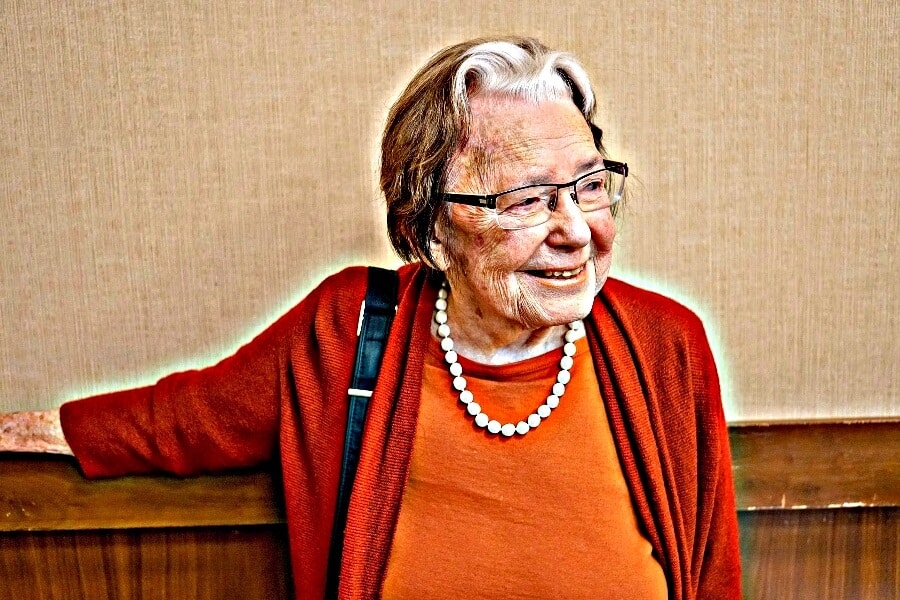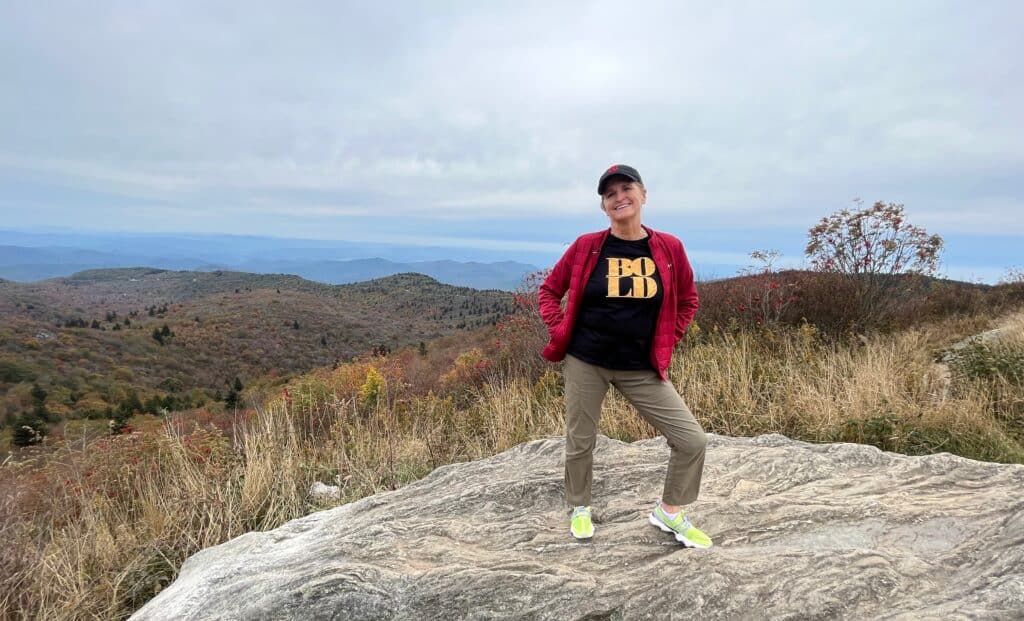We can’t imagine how many times the basic framework of this story has repeated itself over the centuries: A man gets credit for something a woman has done.
So often that woman’s contribution slips into oblivion, but we’re happy to report this isn’t the case for one physics researcher named Miriam Sarachik. This year, at age 87, she received the Medal for Exceptional Achievement in Research from the American Physical Society and a laudatory profile in the New York Times.
Though she was the first to determine an important theory related to how cold temperatures in metallic materials impact electrical resistance, the recognition for that work goes to Jun Kondo, a Japanese physicist. Her struggle against this and other forms of sexism would make for a fascinating saga on its own, but there were even more dramatic (and painful) aspects to her story.
Read More: Wall Street’s Glass Ceiling is Finally Shattered. What’s Next?
The Escape
Belgium-born Sarachik fled her home country during the Nazi invasion, but along the border of France and Spain, she and her family were caught and brought to a concentration camp. Through bribes and false papers, they finally escaped, ending up in Cuba, where the family stayed for five years. After a move to New York City, Sarachik excelled at science in high school and college.
After obtaining her PhD from Columbia University in 1960, she put off her career to raise her oldest daughter. But staying at home didn’t suit her, so she tried to get a job in research, which was uncommon for a woman at the time. She was directed toward teaching instead, but through the support of her understanding husband, she ended up at the famed Bell Laboratories, where she first started investigating metals, temperature, and resistance.
“I got no recognition for it for years,” she told the New York Times, and soon she was looking for a new job. The opportunities were slim, and when she learned she’d be making less than her male counterparts at one lab that did make an offer, she turned down the position.
After receiving an offer from the City College of New York in 1964, her career thrived, but all that came to a halt in 1970.
The Worst Ever
When their second daughter Leah was five years old, Sarachik and her husband endured a worst nightmare. The little girl was kidnapped by her babysitter. Twelve days later, the babysitter’s body was found dead in the family car, and a month later, Leah’s small body was discovered in a trash can.
The tragedy “took me out of commission pretty much for 10, 15 years,” she says. But eventually she was able to make her way through the grief, and in the 1980s she returned to research. She became known for several ground-breaking experiments, including in the field of quantum behavior of molecules that act like magnets.
Tenacity Matters
We are wowed by Sarachik’s intellect and her determination to get through major professional and emotional obstacles. When she received her medal from the American Physical Society, she made this observation about long but choppy career.
“Women are no better and no worse at doing physics than men are,” she said. “They are, however, at least if they’re my age, more persistent. It’s tenacity. It’s the will not to be pushed out.” We like the way she thinks.
Read More: Jocelyn Bell Burnell: Scientist On a Mission Against Sexism





















0 Comments